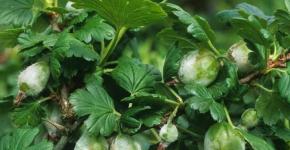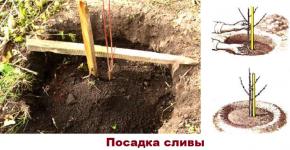Canadian spruce: planting and care at home
They are very popular with gardeners: it is beautiful, neat and, of course, useful. Most representatives of the evergreen flora are of considerable size, which does not allow growing all of their species, therefore, landscape designers and gardeners are increasingly giving preference to dwarf coniferous specimens, which include Canadian spruce. Its characteristic features, which favorably distinguish a fluffy slow-growing Christmas tree from other plants, are beautifully colored needles and a low-lying compact crown with decorative outlines. It is these qualities that make the Canadian spruce a desirable inhabitant of any site.
Canadian spruce. Description
Canadian spruce belongs to the category of low-growing trees: the average plant height is mainly about one meter, under favorable conditions it can reach three meters. The crown of the plant is dense and cone-shaped, the needles are short, thin and soft, it has a bluish-green color. The root system is mostly located near the surface and has a weak tap root.
Canadian spruce belongs to the category of slow-growing plants. The average growth at a young age is 3-4 centimeters per year, after 15 years - 2-3 centimeters. At the age of 5 years, the height of the Christmas tree reaches about 20 centimeters, it is during this period that the decorativeness of the plant is visible, which favorably distinguishes it from a number of even-aged seedlings of common spruce.  By the age of 10, Canadian spruce reaches a height of 80 cm, and by the age of 20 it can reach 1.5 meters, while the crown girth is approximately 1 meter. Under favorable conditions, the plant is able to please more than one generation with its appearance, because it can live 300 or even 500 years. The most popular variety of Canadian spruce is called Konika.
By the age of 10, Canadian spruce reaches a height of 80 cm, and by the age of 20 it can reach 1.5 meters, while the crown girth is approximately 1 meter. Under favorable conditions, the plant is able to please more than one generation with its appearance, because it can live 300 or even 500 years. The most popular variety of Canadian spruce is called Konika.
Ease of care is the main quality of Canadian spruce
The advantage of the coniferous beauty is the minimum care: for natural normal growth, natural precipitation and soil fertility are quite enough, which, of course, can be increased through various top dressings. In summer, it is recommended to apply 5 kg of rotted organic fertilizer mixed with the ground to the root zone of the tree. In October, it will be useful to mulch the soil with a layer of peat compost about 5 cm thick, which will facilitate wintering for the plant.
In early spring, the mulch needs to be embedded in the soil, and to protect against burning in the sun (spring browning), the trees should be wrapped with burlap or other material that will protect from the rays and preserve natural ventilation. Moreover, the possible browning of the needles is not considered a disease, it is only the reaction of the plant to the spring activity of the sun against the background of frozen soil. That is, the vegetation begins at the tree, and the unmelted soil is not yet able to provide the roots with the required nutrition, which causes an external change in the needles. With the beginning of the movement of juice and the required nutrition, the color of the plant is quickly restored.
Seat selection
The Christmas tree should be planted in partial shade, not on a hill and in a place protected from the winds. The tree does not need pruning, pleasing the eye with its natural forms. In the dry period, it is recommended to irrigate through the crown. Also, sometimes loosen the soil around the tree in order to saturate it with oxygen. 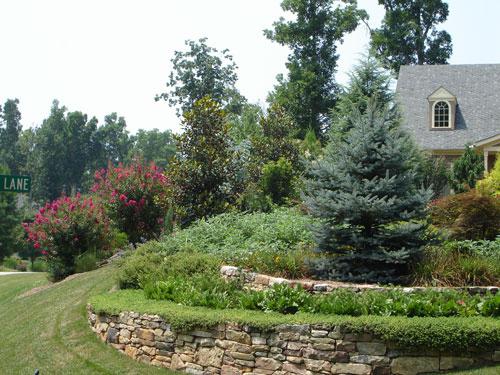
Canadian spruce, the care of which is quite simple and does not require the use of supernatural efforts, can be transplanted throughout the growing season, preferably in cloudy weather. The plant tolerates transplantation most easily at a young age. Within two weeks after planting, the Christmas tree needs protection from direct sunlight, and an optimally comfortable moisture level should also be maintained in the soil.
Canadian spruce as decoration
Canadian spruce is very popular in landscape design. It harmoniously looks both in a single performance and in a group of plants. When a certain height is reached, the plant looks spectacular as an integral part of mixborders and various compositions. Canadian spruce at home is often found in a container on the roof (as a "green roof"), near houses, on terraces and in gardens. The decorative shape of the tree fits optimally into large rock gardens, harmoniously combines with other undersized coniferous representatives, looks great in the background of various flower arrangements. A beautiful green tree stands out as a bright spot against the background of an evenly trimmed lawn.
Canadian spruce in a pot: care
You can consider coniferous beauty as a houseplant, but only in winter and with a "balcony" content. Canadian spruce in a pot looks very elegant; on Christmas holidays, she can be made the queen of the celebration by decorating with toys and folding gifts for relatives and friends under her. 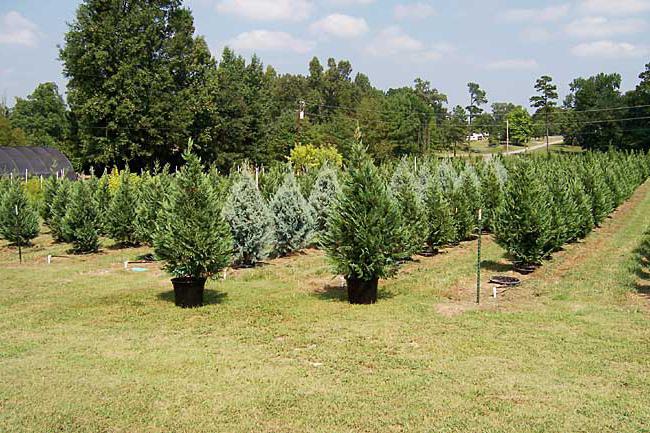
When the plant is kept in a heated room, the crown must be sprayed. You should also increase the humidity around the tree itself, for this you can place containers with water around the pot. In summer, a pot or container with a plant is recommended to be placed on the street, under trees and shrubs. It is recommended to transplant the Christmas tree into a larger container every year.
Transfer
Potted Canadian Spruce, which is easy to care for, can be grown in a number of ways. The easiest: buy a ready-made tree in the store and transplant it to another land. It's quite expensive, but fast and hassle-free. A little more difficult, but more pleasant (because your own labor is invested) to grow a magnificent beauty yourself from seeds or from a seedling obtained by cuttings. The cuttings, which are part-time matured lower branches of the mother Christmas tree (always with a “stump” in the lower part), should be treated with growth and root stimulants before planting. For this, drugs such as Epin and Kornevin are suitable. 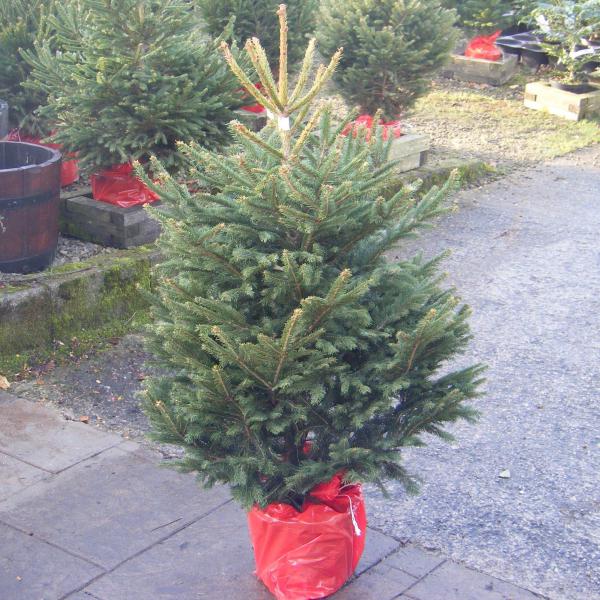 Transplanting a young rooted tree into a container should be carried out very carefully, making sure that the root neck of the Christmas tree is located at ground level. The root system must not be allowed to dry out.
Transplanting a young rooted tree into a container should be carried out very carefully, making sure that the root neck of the Christmas tree is located at ground level. The root system must not be allowed to dry out.
The most suitable soil composition for all types of Christmas trees, in parts:
- leaf land - 2;
- sod land - 2;
- peat - 1;
- sand - 1.
Previously, drainage (coarse sand, expanded clay, gravel) must be laid on the bottom of the container with a 10-centimeter layer.
Diseases and pests
Canadian spruce may be susceptible to some diseases:
Canadian spruce is very popular due to its decorative and neat appearance, small size, so a wonderful plant can be found in many parts of the world. 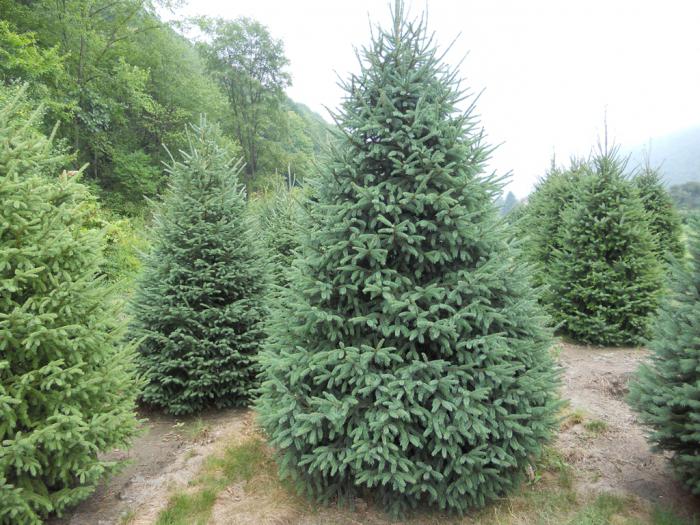
Moreover, breeders have bred a large number of varieties characterized by the color of the needles (from light green to bluish-blue) and the shape of the crown: conical, spherical, cushion-shaped.

